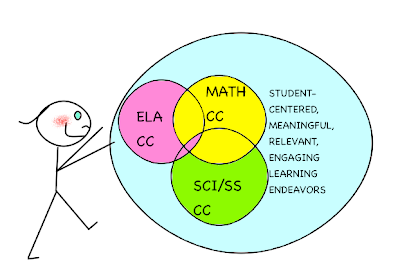 |
| Letter Template |
I was amazed at the way students' responses reflected the research I read this summer in Hattie's, Making Learning Visible for Teachers: Maximizing Impact on Learning and Spark by Ratey and Hagerman. That demonstrates to me that children really want what's best for them when it comes to learning.
What did children desire?
Children wanted comfortable, quiet, collaborative environments: Children wanted to work together in comfortable, quiet spaces with friends.
Children desire engaging, active learning: Many commented that they didn't want to sit at their desk all day and learn, instead they asked for projects and activities that were fun. They suggested that we work outdoors, study science, do arts and crafts and make learning interesting.
Children wanted to integrate technology into learning: Many noted that they wanted to learn with technology including the use of programming and gaming software. I know that this is the way of their future. We discussed the ways that doctors and engineers will use virtual worlds and gaming to invent and test out new operations and designs in order to create the best processes, tools and materials--inventions that will save lives and make a better world.
Children want teachers to be explicit and targeted in their instruction: Many asked that I teach to their style with specific instruction, examples, preview and the best speed of talk and delivery for their individual needs. They asked me to help them when they have trouble learning.
Children want time to play and rest: Students requested more recess and time to rest.
When learning is tough, students need better strategies: When I asked about tough learning experiences, I could see a fixed mindset creeping into students' discussion--the idea that tough means they're unable to learn it. At fourth grade, students are still very open minded so there's time to change a fixed mindset to a growth mindset (Mindset by Dweck) by teaching students ways to discover and employ new strategies for learning as well as an "I can learn it" attitude.
Students' letters reminded me of the responsibility I have to target and prepare learning endeavors with care as well as to continually respond to individual learner's needs and interests. Their letters also reminded me that we have to continue to grow our curriculum so that we include active, engaging, relevant learning topics and projects such as computer programming and endeavor that impact our daily life life such as environmental concerns, health and wellness and more.
The challenge for me as the educator is to develop students' essential skills in reading, writing, speaking and math while developing "learning to learn" habits, skills and mindset in engaging, relevant and timely endeavor.
Yesterday, Kevin Hodgson's post prompted me to visualize this challenge with a stick-figure cartoon. Here's my result.
